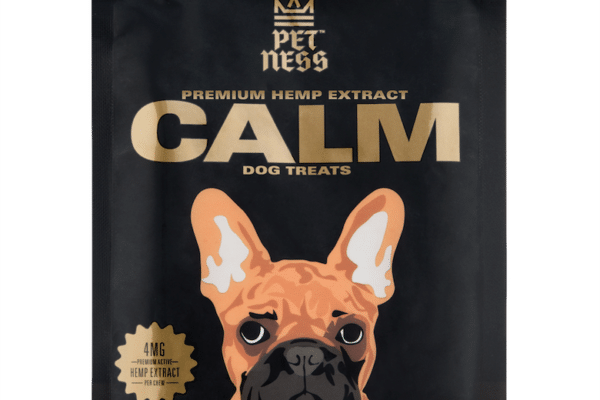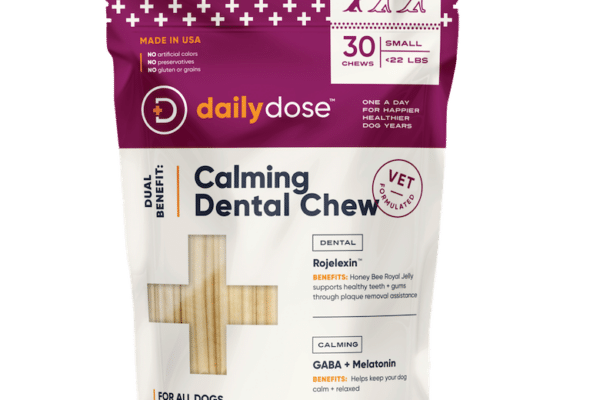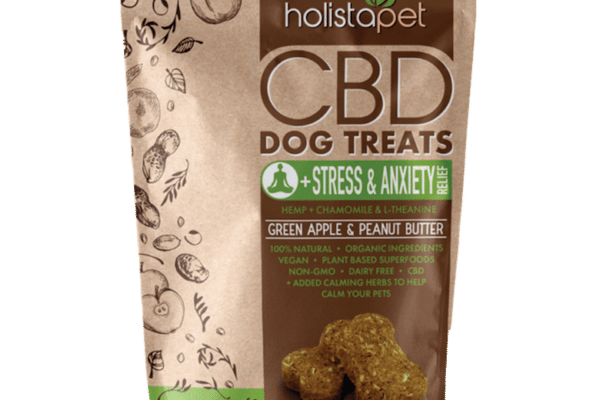9 Ways Food Can Help Dogs with Anxiety Issues
When you buy through links on our site, we may earn an affiliate commission.
One of the many casualties during this never-ending pandemic may be your dog’s confidence. Do you find that she is pacing a lot these days? Or seems to stick to the back of your knee like Velcro when you move from room to room? Does she vault off the sofa and unload a barrage of barks at the front door the second she detects the sound of yet another package being delivered on your porch? Or are your dogs suddenly getting into food fights at mealtimes?
Now more than ever – thanks to the stubborn coronavirus that has upended the daily routine for you and your dog – your canine pal may need a tasty tactic to fend off growing stress and anxiety.
“Stress can trigger behavior issues as well as medical conditions in some dogs,” says Lisa Lippman, DVM, a house-call veterinarian for Off-Leash Veterinary Care in New York City. “Don’t dismiss changes in your dog’s behavior or appetite. Talk to your veterinarian and work together to identify the best way to help your dog once again feel happy and content.”
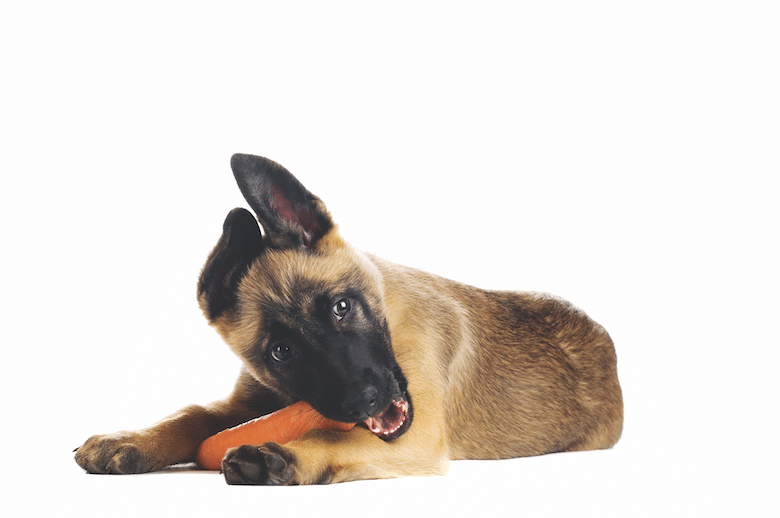
Photo: Wisent | Getty Images
Signs your dog is stressed
Anxiety-induced behavior changes may cause increased barking or whining. Your dog, who has always enjoyed sleeping on sofa pillows, may now shred them. Or, she may no longer alert you when she needs to potty outside and is now piddling by the back door.
Unaddressed anxiety at mealtime can cause some dogs to gorge their food quickly, lose their appetites or get into food fights with other pets in the home. Emotions can also play a role at mealtime if your dog is grieving the loss of a favorite person or closely bonded pet. Remodeling projects and working from home can also cause appetites to wane in some dogs.
And, of course, aging can also contribute to a dog’s anxiety level.
“Changes in anxiety or FAS (fear, anxiety and stress) in older dogs can also be an aging change,” says Kathryn Primm, DVM, owner of the Applebrook Animal Hospital in Ooltewah, Tennessee, and the country’s first Fear Free Pets certified veterinarian. “Sight and hearing in senior dogs can be impacted in a negative way. Many of my senior pet clients are on medication to address specific issues.”
Medically, mounting anxiety can cause such ailments as:

Pixel-shot | Alamy Stock Photo
Fight stress with dog food for anxiety
Quality food fortifies your dog’s body to keep it humming at its healthiest. But certain foods and strategies may also help melt anxiety in your dog with each swallow. Consider these comforting options to fight stress with dog food for anxiety.
Introduce intriguing tastes and textures.
Top your dog’s food bowl with healthy crunchies like broccoli, carrots or green beans. Or safe-sweet choices like apple slices or blueberries. These added surprises may be a mood-booster for your dog.
Swap the food bowl for a food puzzle.
Being fed the same time in the same bowl with the same food can become b-o-r-i-n-g to your dog. Mix things up once or twice a week by putting your dog’s meal in a food puzzle, like this one from Outward Hound ($11.99, Chewy).
“Food puzzles are great, but you need to rotate them so your dog doesn’t get used to the same one,” Dr. Primm adds.
Tap your dog’s inner hunter with a licking/snuffle mat.
“My senior dog, Chloe, loves finding treats on her Snuffle Mat,” Dr. Lippman says.
“Licking mats are great ways to keep dogs mentally entertained whether you need to work uninterrupted from home or need to head to the office.”
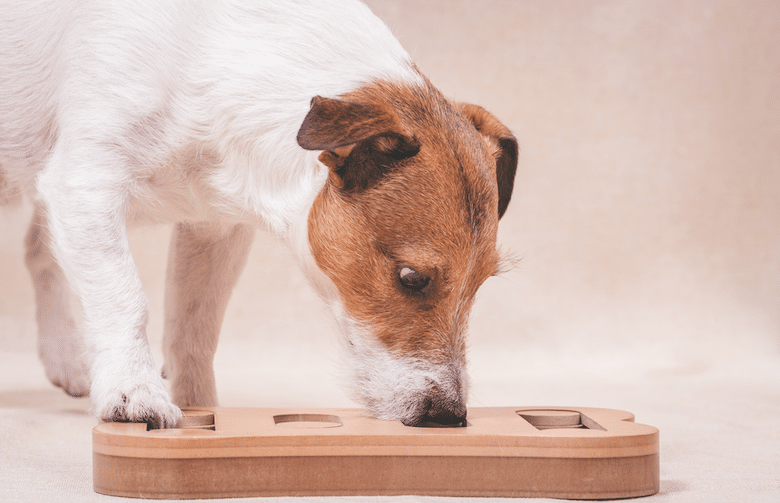
Photo: alexei_tm | Getty Images
Make mealtime a safe zone.
In multi-pet households, allow each pet to eat at their own pace. Avoid lining bowls in a row. Instead, use your kitchen island as a visual barrier and place bowls on each side for your dogs. Promptly pick up and clean bowls after each meal to reduce any resource-guarding issues.
Treat your dog to a yummy brain teaser.
Take three paper cups or empty and cleaned yogurt containers. Punch a hole to allow the scent to more readily escape and let your dog watch you put a treat under one cup.
“After he catches on, knock the cup down for the reward,” Dr. Primm says. “Then mix up the cups to let him choose and, of course, give him more than one try to find the treat.”
Fill an ice cube tray with bits of canned tuna and water.
Freeze and then serve one of these fishy ‘pupsicles’ to your dog as a tasty, keep-busy treat to take her mind off anxious thoughts.
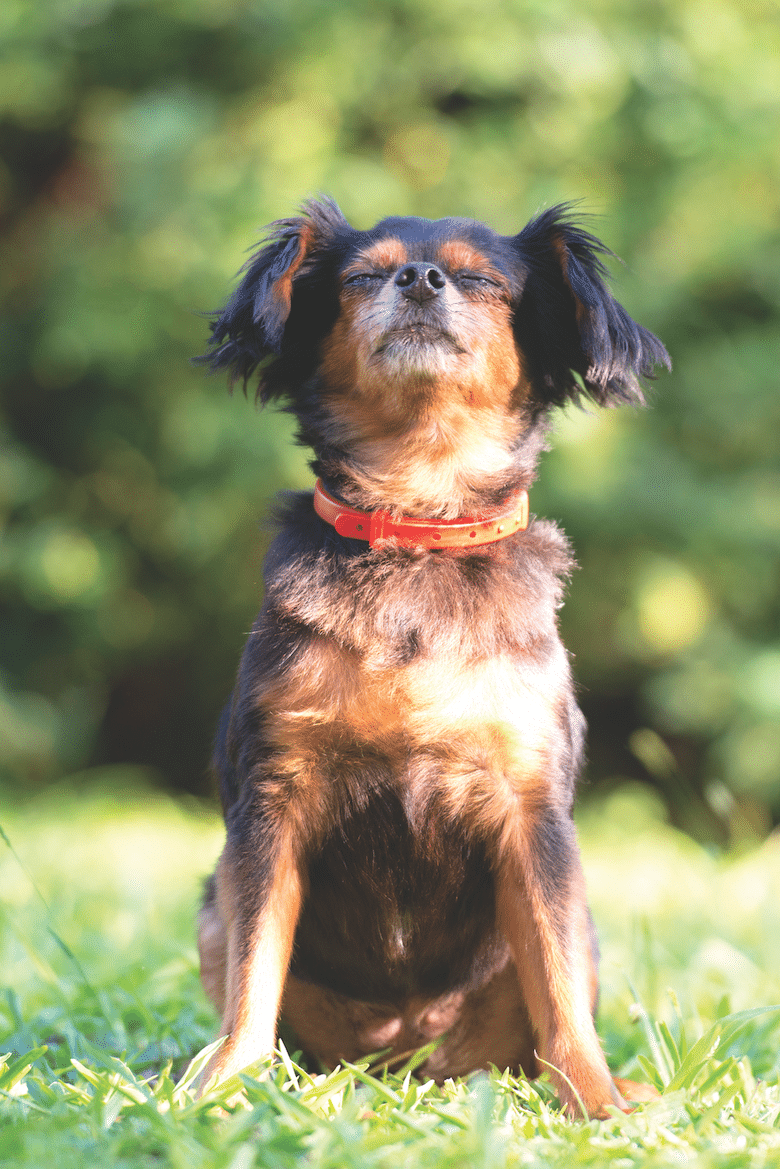
Photo: Global_Pics | Getty Images
Learn the ABCs of CBD.
The popularity of using cannabidiol (CBD) to ease anxiety, pain and other issues in people is finding its way into CBD treats, soft chews, sprays, tinctures and capsules for pets. Shop smartly. CBD products vary in quality.
Related: Are CBD Oils Worth It?
“A quality CBD product contains a Certificate of Analysis (COA) provided by an independent third-party tester,” says Mandi Blackwelder, DVM, a veterinarian who operates the Health Arts Animal Care Center in Beaverton, Oregon. “Please keep your veterinarian in the loop if you are thinking about giving your pet CBD oil or treats.”
- Petness Calm Treats for Dogs $19.99. petness.com
- Daily Dose Calming Dental Chew $22.99. yourpetsdailydose.com
- HolistaPet CBD Dog Treats + Stress & Anxiety Relief $26.95-$64.95. holistapet.com
- Zuke’s Hemp Naturals Calming Dog Chews $19.99. zukes.com
To learn more, visit the Veterinary Cannabis Education and Consulting group at veterinary cannabis.org.
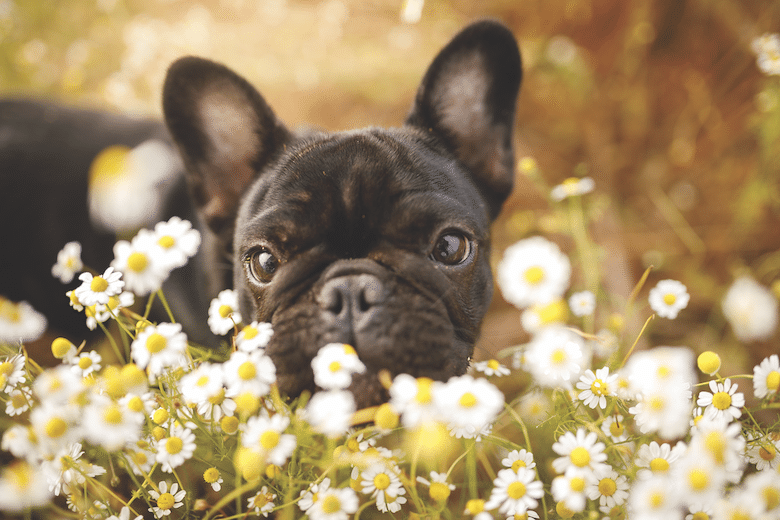
Photo: Capuski | Getty Images
Hop on the herb train.
Consult your veterinarian about offering dog treats containing such relaxing herbs as chamomile, passion flower or valerian root.
Add calming supplements.
Your dog’s temperament may tone down if given supplements along with dinner that contain ingredients promoting sound sleep, such as melatonin or L-tryptophan (an amino acid).
“Whatever options you are considering to deal with your dog’s anxiety, the most important thing is knowing what is normal, so you can alert your veterinarian to changes and let them come up with a plan tailored to your own pet,” Dr. Primm says.
Read Next: Should You Try Holistic Dog Food?

